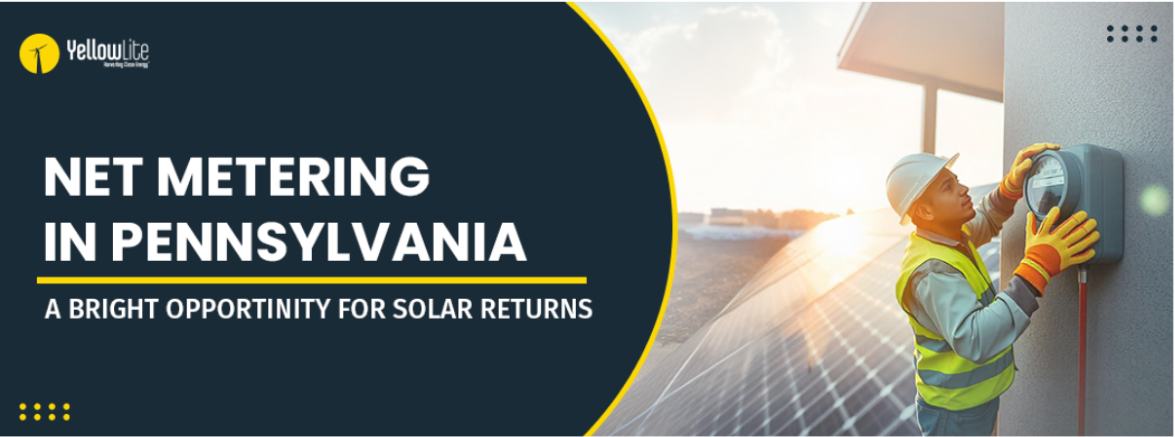Energy storage isn’t just a solution for the renewable industry, it will also solve the greater problem of energy in the US. We are talking about our aging grid. Did you know that 70% of our electrical grid was manufactured over 70 years ago? With time, it has faced its fair share of wear and tear.
Along with deterioration over time, the demand we’ve placed on the grid in terms of energy load has also increased. It is not a far-fetched conclusion to say that our grid is now overloaded. The shift towards renewable energy too has contributed to the instability of the grid as well. How? Well, the power we generate through solar which isn’t used is fed back to the grid, adding to its already burgeoning loads. Not only this, electric utilities have now moved in on smart technologies, which expose the grid to a myriad of hackers. The way we see it, the only remedy to this problem is energy storage.
Here are several ways in which energy storage can help solve our energy problems:
Energy Storage can make renewable energy more viable:
Energy storage is important in maintaining supply and demand in a grid connected to renewable energy sources. As is the case scene in Spain and Denmark, grid operators need to keep the high energy volumes from renewable sources from overloading and disrupting the grid. Energy storage also comes in handy when production tends to fall but the demand persists.
To make our grid more efficient, energy storage solutions need to be incorporated in them. According to a working paper by the EU commission, energy storage solutions can be installed at all stages i.e generation, transmission, distribution and also at customer levels at the municipal electrical system.
It Can Help Us Fight Climate Change:
Energy storage solutions will reduce the costs of connecting renewable energy sources to the grid and managing the variable output. This will enable the shift towards people opting for renewable energy sources, and in turn reducing greenhouse gas emissions as well. Energy storage can serve as a substitute to natural gas generators and help combat the variable production through renewable energy resources.
A study has shown that use of energy storage combined with wind power generation can help in a 56 percent drop in carbon dioxide emission per kilowatt hour of electricity. Energy storage that has been charged using low carbon sources can also be used to substitute the fossil fuels used by generators during fluctuations less than 15 minutes. This can also help in reducing carbon emissions and help us keep a cleaner environment.
It Can help Make Our Grid More Robust:
Even in the most developed countries, the electrical grid isn’t fail-safe. During times of natural disasters and energy overload, the grid can collapse, which gives way to life and death situations. Energy storage solutions can be used to avoid these adverse effects. During an outage, the stored energy can be used to substitute for the electrical grid.
These reasons may seem pretty simple, but they are enough to advocate for energy storage solutions to be used and incorporated into our electrical grid.



